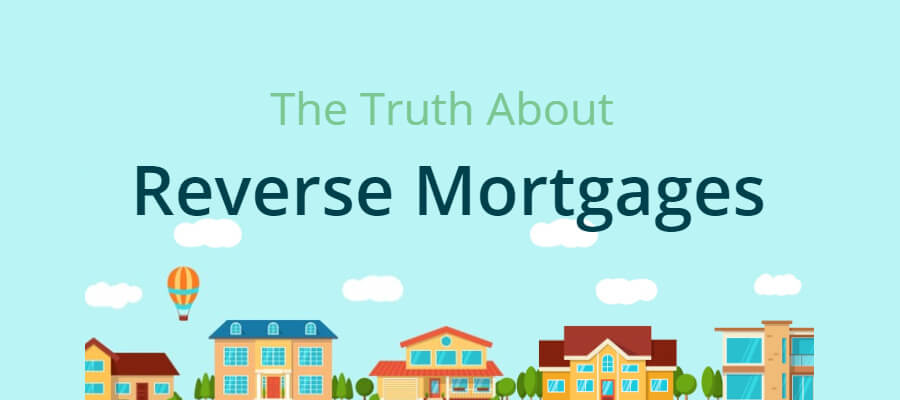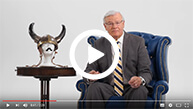Lines of credit in Canada are extremely popular: around three million Canadians have a home equity line of credit, while many more have a personal line of credit in Canada. So, what is a line of credit loan and why is it so popular?
A home equity reverse mortgage is a loan secured against your home and is available to Canadian homeowners aged 55-plus. For a reverse mortgage, home equity is an essential component, because the amount of equity will determine the size of the reverse mortgage home equity loan available to you. A reverse mortgage home equity loan allows you to cash in up to 55% of your home’s value but included in that 55% will be any loans you already have against your home, which will be paid off by the reverse mortgage.
When you’re on a fixed retirement income and with no emergency savings, loans can be the only way to afford large expenses, such as paying for a new car, retrofit renovations or new appliances.
ETFs are similar to mutual funds, in that they are a collection of securities, such as stocks and bonds. They’re great for giving your portfolio immediate diversification because you effectively own shares in dozens or even hundreds of companies with just one fund.
This huge drop in income could have had a terrible impact for so many Canadians. With this in mind, Finance Minister, Bill Morneau, persuaded the country’s big banks to allow mortgage deferments to help people through this tough time.
If you’re ready to start your new hobby, there are a few ways you can generate additional income from it even in retirement. This way, you can enjoy your leisure activities while also enjoying part-time work. Fortunately, if you are creative enough, many hobbies for the elderly can be turned into a profit. However, how much you earn may depend on how much time you are willing to invest in marketing your products or services.
While living with debt can be tough at any age, living with overwhelming debt in your retirement years, without a steady income stream can be even tougher. A financial solution, such as a debt consolidation mortgage may help you roll all your high-interest debts into a single debt with manageable, lower interest payments.
Thousands of Canadians are using a reverse mortgage as part of their retirement solution. Purpose-built for Canadians 55+, reverse mortgages allow homeowners to turn some of their home’s equity into tax-free cash.
However, amid the economic uncertainty, banks are re-evaluating their HELOC policies, and considering amendments to their line of credit programs. In order to understand the reasons behind these revisions, let’s take a closer look at how things stand today. As early as mid-April 2020, one bank has already changed some rules for borrowers around using HELOCs as down payments on investment properties, while another bank has stopped accepting new HELOC applications temporarily.











